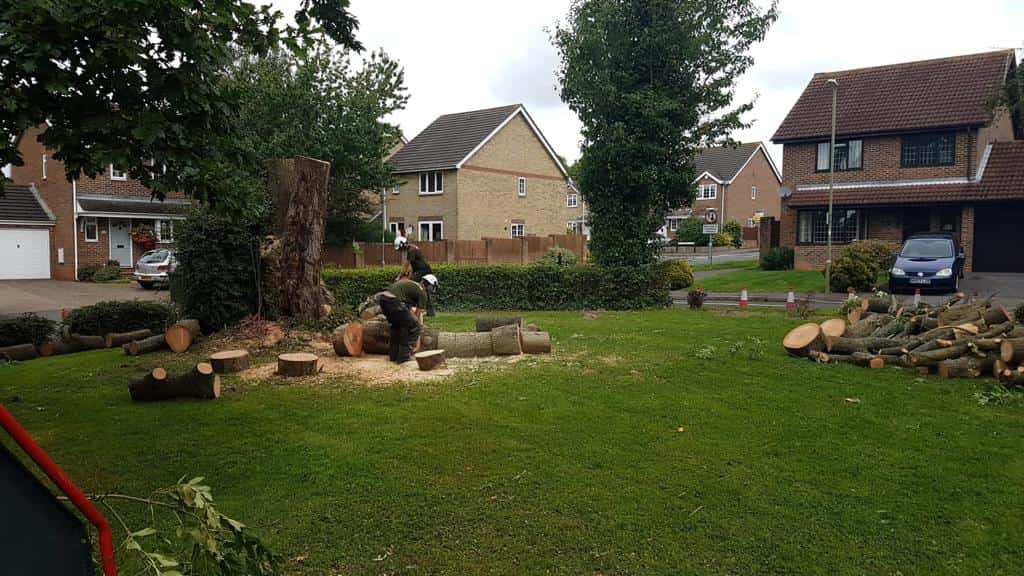Trees are a beautiful and valuable addition to your property, providing shade, aesthetic appeal, and a natural environment for wildlife. However, when trees become diseased, they can quickly become a liability. If left untreated, tree diseases can lead to irreversible damage, potentially requiring the tree to be removed. The key to saving your tree lies in acting early. In this blog post, we’ll explore the importance of timely tree surgery for diseased trees and why it’s essential to address issues before they escalate to the point of removal.
At NS Tree Surgery Ashtead, we specialise in tree care and offer professional tree surgery services in Ashtead, Surrey. Our team of experienced tree surgeons is dedicated to diagnosing and treating diseased trees, helping you preserve the health and safety of your garden. Let’s dive into why early intervention is crucial for diseased trees.
1. Common Tree Diseases and Their Impact
Before we discuss the importance of early action, it’s essential to understand the common tree diseases that affect trees and the damage they can cause. Trees are susceptible to a wide variety of fungal, bacterial, and pest-related diseases, which can weaken their structure and make them more vulnerable to environmental stresses.
- Root rot: Root rot is caused by soil-borne fungi that attack the tree’s roots, weakening the tree and leading to instability. A tree suffering from root rot may start to lean or develop yellowing leaves.
- Oak wilt: A fungal disease that affects oak trees, causing rapid wilting and death of the tree if left untreated. Oak wilt is particularly dangerous as it spreads quickly and can decimate entire populations of oak trees.
- Powdery mildew: This fungal infection affects the leaves and stems of various trees, causing them to become covered in a white, powdery substance. Although it’s often cosmetic, powdery mildew can weaken the tree and make it more susceptible to other diseases.
- Aphid infestations: Aphids are pests that feed on the sap of trees, causing stunted growth and the potential spread of viruses. Heavy infestations can weaken the tree and cause deformities in new growth.
Recognising these diseases early on is critical for preventing them from spreading and causing lasting damage to your trees.
2. The Importance of Early Tree Surgery
When a tree is diagnosed with a disease, immediate action is vital. In many cases, tree surgery can address the issue before it worsens, saving the tree and preventing the need for removal.
- Prevention of disease spread: If a diseased tree is left untreated, the disease can spread to neighbouring trees, causing widespread damage to your garden or property. Early intervention allows the tree surgeon to isolate the affected areas and prevent further infection.
- Strengthening the tree’s resistance: Tree surgery can involve removing infected branches, deadwood, or diseased sections of the tree, allowing the healthy parts to thrive. This boosts the tree’s overall health and resistance to other environmental stressors.
- Minimising tree stress: Diseased trees often become stressed, making them more vulnerable to other issues. By addressing the problem early, you can minimise the strain on the tree and improve its chances of recovery.
By acting quickly, you give your tree the best opportunity for recovery, preventing the need for expensive and time-consuming removal.
3. Treatment Options for Diseased Trees
When a tree is diagnosed with a disease, the type of treatment required will depend on the specific condition. Professional tree surgeons are trained to assess the health of your tree and recommend the most appropriate course of action. Some common treatments for diseased trees include:
- Pruning and trimming: Removing infected or dead branches helps to stop the disease from spreading and allows the tree to focus its energy on healthy growth. Proper pruning also encourages airflow and sunlight penetration, which can help the tree recover.
- Fungicide treatments: For fungal infections like powdery mildew or root rot, tree surgeons may apply fungicides to prevent further spread and promote healing.
- Pest control: If pests like aphids are causing damage, tree surgeons can apply appropriate insecticides to reduce the infestation and protect the tree.
- Soil treatments: For trees affected by soil-borne diseases like root rot, soil treatments or amendments may be recommended to help restore the health of the roots.
It’s essential to hire a professional tree surgeon for disease management, as they will have the expertise to determine the right treatment and apply it safely.
4. When Tree Removal Becomes Necessary
In some cases, despite early intervention, the damage caused by the disease may be too extensive to save the tree. If the tree’s structural integrity is compromised, or if it poses a risk to your property or safety, removal may be the only viable option.
- Severe root damage: If the roots are severely affected by rot or disease, the tree may become unstable and unable to stand, even with treatment.
- Uncontrollable disease: Some diseases, like oak wilt, can be so widespread that the tree cannot be saved, and removal is necessary to prevent the spread of the disease to nearby trees.
In these instances, the professional tree surgeon will assess the situation and determine the safest course of action for both your property and the surrounding environment.
5. Why Choose Professional Tree Surgery Services?
When it comes to tree surgery, the expertise of a professional tree surgeon is essential for proper diagnosis and treatment. Here’s why it’s important to hire a qualified tree surgeon for diseased tree care:
- Expert diagnosis: A trained tree surgeon can identify the early signs of disease and recommend the best course of action, saving you time and money in the long run.
- Safe treatment: Tree surgery involves the use of specialised equipment and techniques to safely remove infected areas or apply treatments. A professional will ensure that the job is done safely, without causing further harm to the tree or your property.
- Preserving tree health: By hiring a professional, you ensure that your tree receives the best chance of recovery. Tree surgeons can provide ongoing care and monitoring to ensure that your tree remains healthy after treatment.
If you notice signs of tree disease on your property, don’t wait for the problem to worsen. Act quickly by contacting a professional tree surgeon like those at NS Tree Surgery Ashtead. Our team is here to help you protect your trees and prevent the need for costly tree removal.
Conclusion
Diseased trees can cause significant damage to your property if left untreated, but with early intervention and professional tree surgery, many trees can be saved. By recognising the signs of tree disease and seeking professional help early, you can protect your trees, maintain their health, and avoid the need for removal.
At NS Tree Surgery Ashtead, we are committed to providing expert tree care services, including disease management and prevention, for homeowners in Ashtead, Surrey. If you have a tree that requires attention, don’t hesitate to get in touch with us today for a consultation. Let us help you keep your trees healthy and thriving for years to come.
Call us on: 01372 679 991
Click here to find out more about NS Tree Surgery Ashtead
Click here to complete our contact form and see how we can help with your trees needs.

